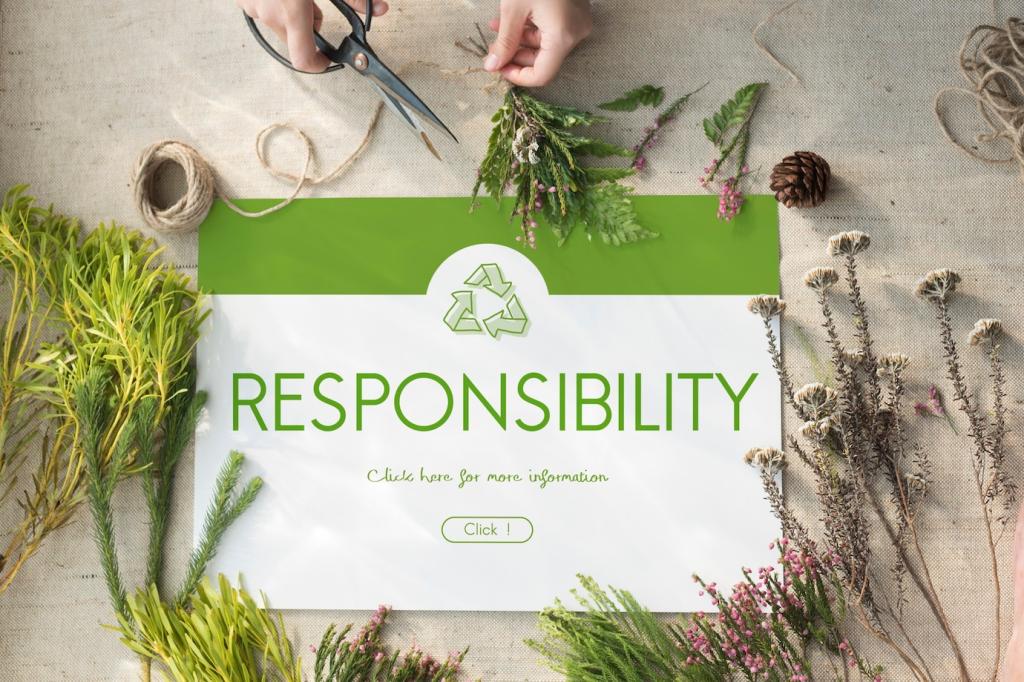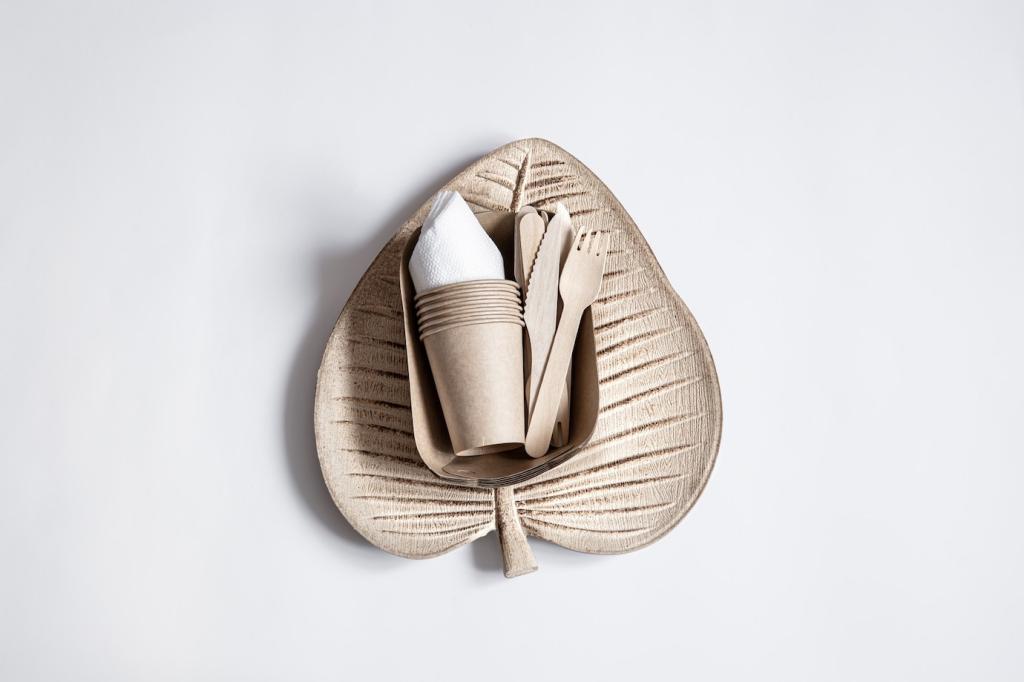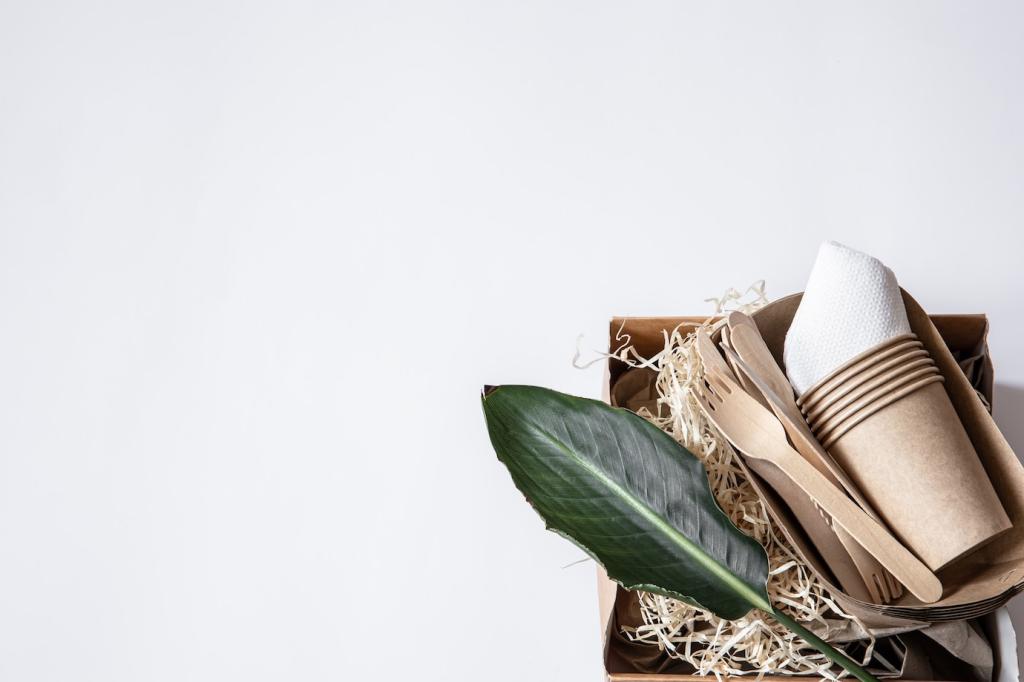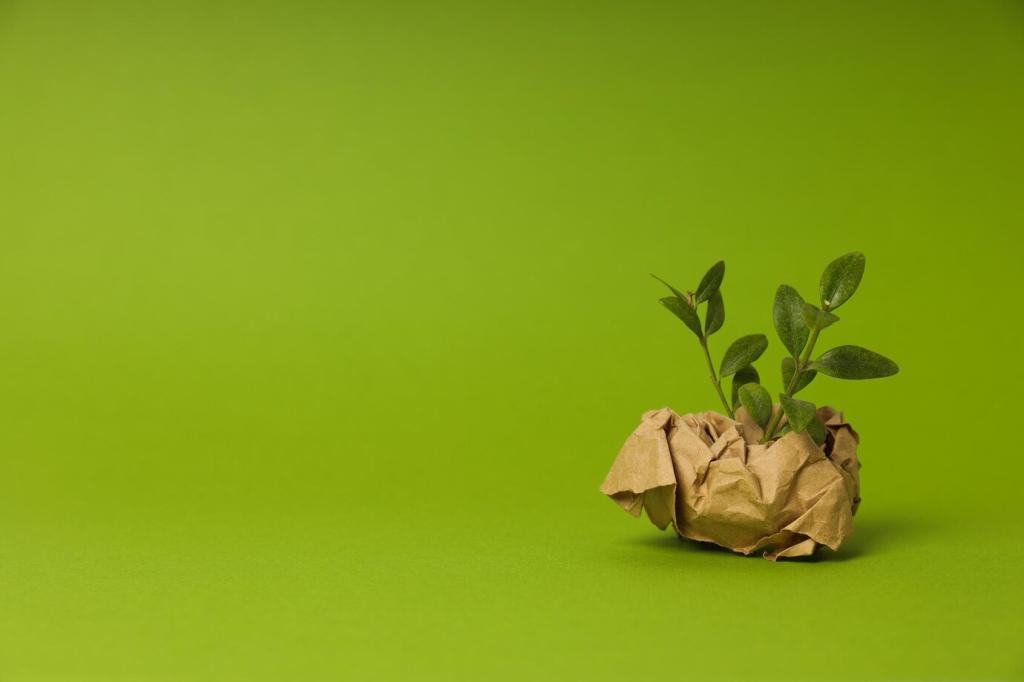
Green Insulation Solutions: Comfort, Savings, and a Smaller Footprint
Selected theme: Green Insulation Solutions. Welcome to a friendly, actionable hub where we explore natural and recycled materials, smarter air-sealing, and real-world stories that help you create a quieter, healthier, energy-savvy home. Subscribe to follow our weekly guides and share your wins.
The Science of Staying Warm the Green Way
R-value matters, but comfort also depends on air movement, wind-washing, and thermal bridges. Align insulation with a continuous air barrier, cap leaky top plates, and reduce drafts. You will feel steadier temperatures, fewer cold corners, and a calmer home.



Where we started
The hallway whistled on windy nights, the attic held thin R-11 batts, and bedrooms hovered at 62°F by dawn. Winter bills hurt. The owners noticed street noise inside and dust that never settled. They dreamed of calmer, warmer mornings.
What we installed
Dense-pack cellulose filled wall cavities, the attic jumped to R-60 with recycled-content cellulose, and top plates, chases, and hatches were carefully sealed. Cork underlayment softened footsteps, while mineral wool quieted a party wall. Materials were low-toxicity, low-carbon, and thoughtfully sourced.
Results after one year
Gas use dropped 32%, bedrooms stabilized within two degrees, and dust levels fell noticeably. Street noise softened to a hush, and morning coffee finally tasted like a pause. Share your before-and-after stories, and subscribe for our detailed project checklist.
Cost, Payback, and Climate Math—Without the Hype
Combine utility rebates, tax credits, and weatherization programs to lower upfront costs for green insulation solutions. Subscribers receive a checklist and links to find local offers. Comment with your zip code, and we’ll point you toward resources.


Cost, Payback, and Climate Math—Without the Hype
Air sealing and attic insulation usually deliver the fastest comfort boost and savings. Next, target rim joists and duct leaks, then walls and floors. Vote on our next deep-dive guide, and we’ll tailor it to your home’s priorities.

Quiet, cozy rooms
Cellulose and mineral wool absorb sound beautifully, calming bedrooms and home offices. One reader said their baby napped through a neighbor’s mower after upgrades. Tell us your noisiest culprit, and we’ll suggest targeted sound-damping insulation strategies.
Goodbye drafts and hot-cold spots
Seal the top before you pad the sides: attics, chases, and rim joists first. Your west-facing room at 3 p.m. will finally relax. Share your stubborn spot, and we’ll co-create a plan using proven green insulation solutions.
Cleaner indoor air
Choose formaldehyde-free binders and borate-treated cellulose for low-toxicity comfort. Reduced infiltration means fewer pollutants and less dust. Maintain ventilation and filtration for balance. Ask questions below, and subscribe for our healthy materials and fresh-air guide.
DIY-Friendly Green Insulation Projects
Equip gloves, eye protection, and a snug respirator for dusty jobs. Bring a stable ladder, good lighting, and knee pads. Label circuits, lift carefully, and recycle packaging where possible. Post your toolkit photo, and we’ll cheer you on.
DIY-Friendly Green Insulation Projects
Friday: gather gaskets, weatherstripping, caulk, and cellulose for top-ups. Saturday: seal attic penetrations and door frames. Sunday: insulate pipes, add outlet gaskets, and draft-stop baseboards. Track temperatures and bills; share before-and-after notes to inspire the community.


